
Desna-Stara Huta National Nature Park is located in the eastern part of Ukrainian Polissia, characterized by ancient trees, swamps, and meadows. It exhibits taiga features, with forest berries and other natural resources providing food for elk, lynx, bison, and brown bears.
The park is traversed by the Desna River, and its floodplain remains largely untouched, featuring lakes adorned with water lilies. These lakes and meadows are habitats for various bird species, leading to the protection of local areas under the Ramsar Convention. Moreover, Desna-Stara Huta National Nature Park serves as the core zone of the UNESCO Desnyanskyi Biosphere Reserve. Before the onset of the full-scale war, it held significant potential for inclusion in the transboundary biosphere reserve, as it shares a border with the Russian biosphere reserve.

Geese during migration in Desna-Stara Huta National Nature Park. Photo: Serhii Halushchenko, ornithologist of the national park
Ecorubric conducted a series of reports about UNESCO-listed biosphere reserves in Ukraine — those that are currently occupied by Russian forces, on the demarcation line, and deep in the rear — in order to tell how the war affects these territories so the world learns more about the lives of people and nature in Ukraine.
The national park was not occupied during the war, but the proximity to Russia and a 30-km borderline had its effects. Despite everything, the institution continues its work.
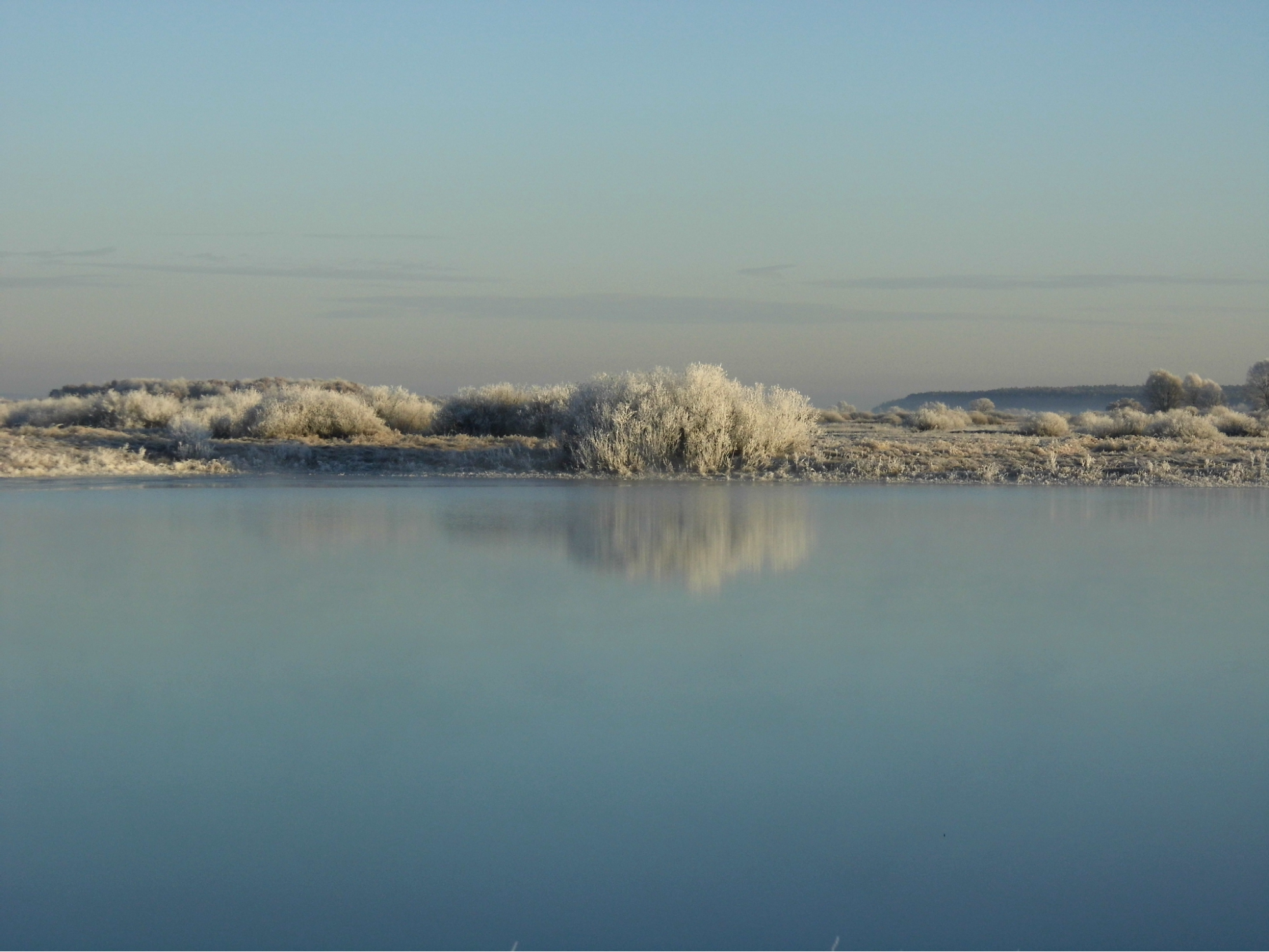
Winter Desna in the territory of the Desna-Stara Huta National Nature Park. Photo: Serhii Halushchenko
What is the problem?
Without electricity, without shops, without absolutely any means of subsistence, it became impossible to live in the territories of the reserve
Serhii Kubrakov, the park director, told Ecorubric that the situation had worsened at the beginning of autumn 2023. The shelling of the territories became more intense, and life in the settlements adjacent to the park became utterly impossible.
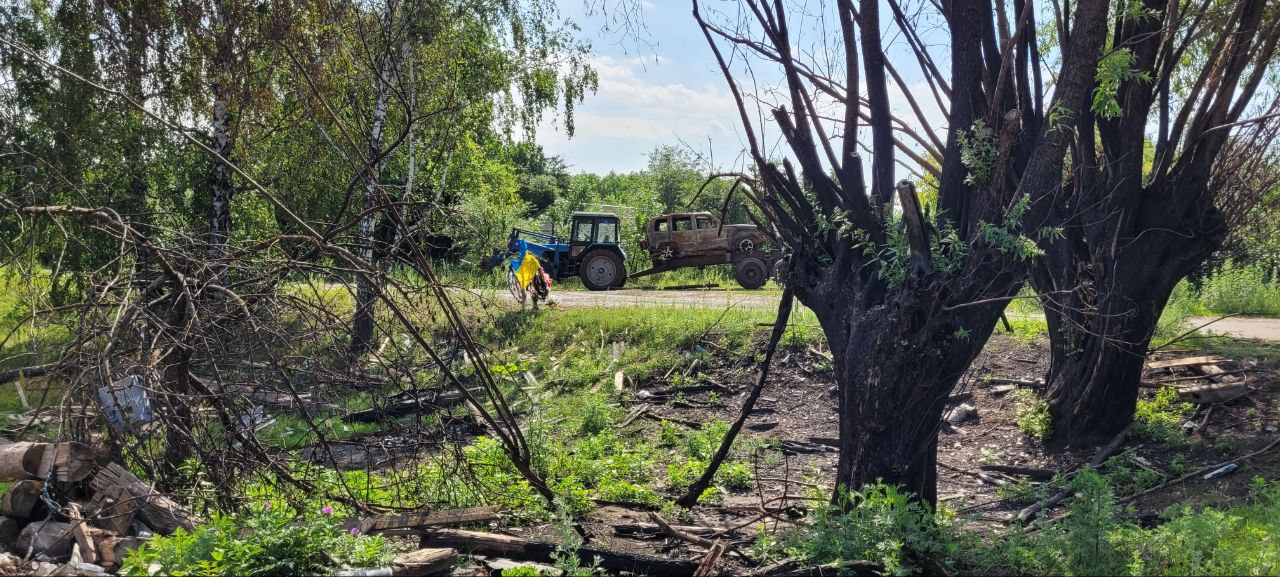
Consequences of the war in the Desnyanskyi Biosphere Reserve. Photo: Serhii Kubrakov
Adjacent settlements have almost no people, electricity, working infrastructure, or other means of livelihood. The constant shelling forced most of the park employees to leave their homes and go to safer places.
Because of the shelling, the administration of the park also moved — after several mortar attacks, which hit the main administration building, it became clear that it was dangerous to stay there any longer. Therefore, those workers who remained in Ukraine moved to Shostka in the Sumy region, where the administration is now working under evacuation.
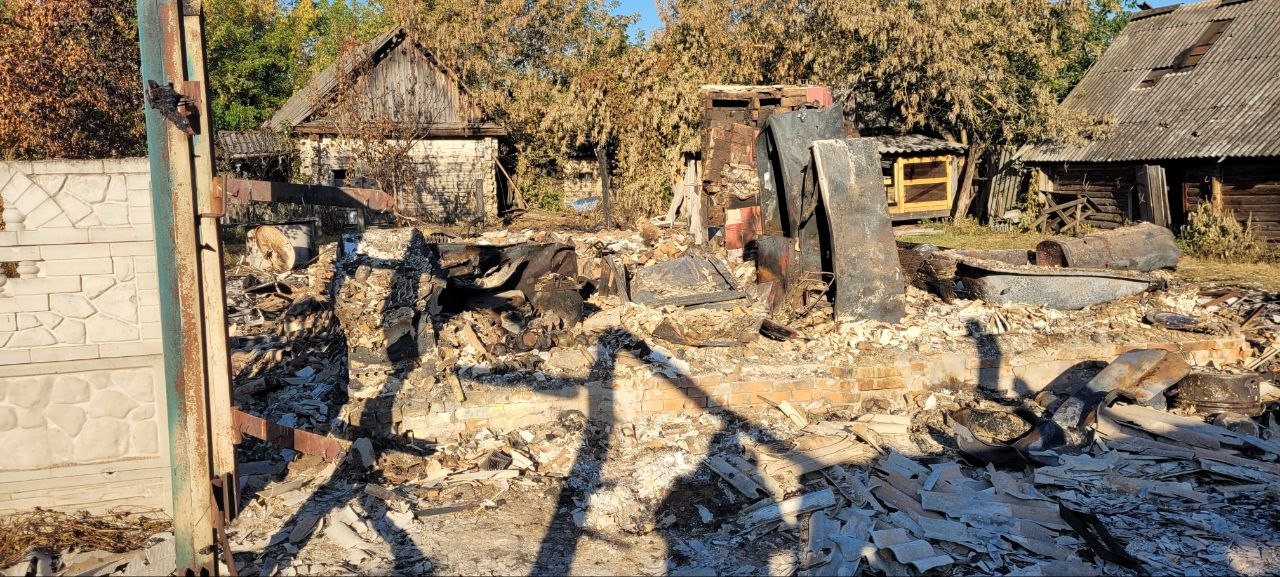
The park's inspector's house has been destroyed. Photo: Serhii Kubrakov
Almost no one is left in the national park itself — even the security service had to leave its territory because it is too dangerous to stay there. For example, in June 2023, the Russian sabotage group killed six employees of the Svesky Forestry, who were driving 7 km from the border. However, some park employees decided to stay.
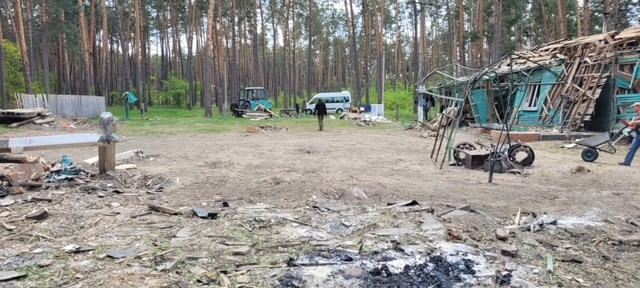
The central building of the Desnyanka tourist base. Photo: Serhii Kubrakov
Another problem complicated the dangerous patrolling of the park — the lack of transport. The national park handed over two cars that were technically adapted to the Armed Forces of Ukraine at the beginning of the war.
What is the solution?
Nature is under protection because there are still those who care about preserving it
Despite the challenging conditions in the combat zone, where subversive and reconnaissance groups infiltrate, and constant artillery attacks occur, employees continue to work to ensure the security of the Desna part of the park.

Desna river floodplain. Photo: Serhii Halushchenko
Kubrakov explains that despite the ongoing war and constant shelling, the security department remains busy due to the persistent threat posed by poachers, who continue to exploit the situation for easy profit, presenting another significant threat to nature.
Employees risk their lives when going on raids as patrolling occurs near the border. The guards seize the poaching tools for illegal hunting and arrest the violators. The poaching caused about ₴140,000 (around $3700) in losses to the state, and a criminal case has been initiated.
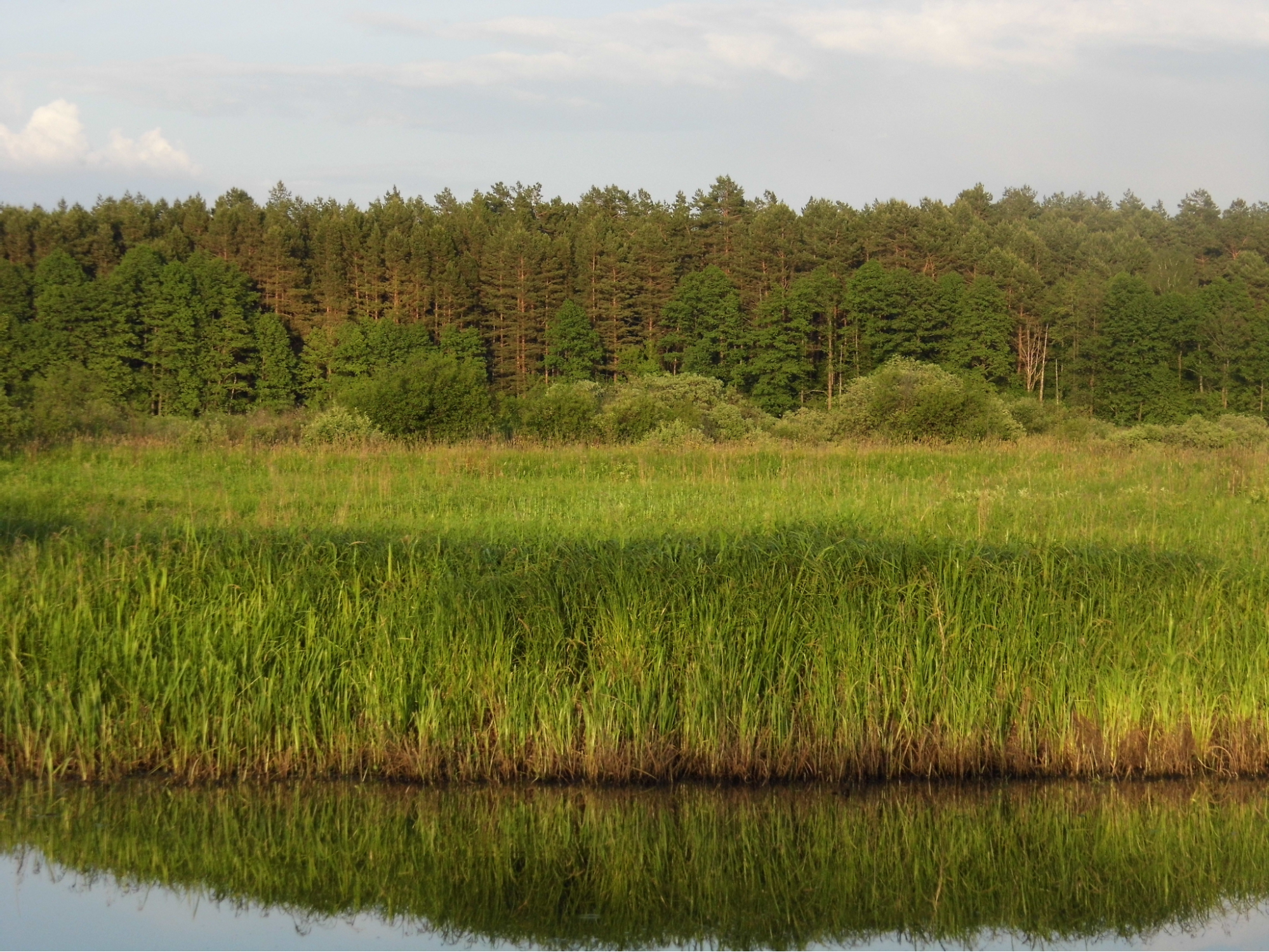
Desnyanka River floodplain in the Desna-Stara Huta national park. Photo: Serhii Halushchenko
The courage of the environmentalists was appreciated at the international level
Such courage was appreciated not only during a full-scale war but also during the previous 24 years of the institution's existence.
Large predators and mammals on the territory indicate an effective protection service. Over the almost 25 years of the institution's existence, bears, lynxes, and bison have returned to the territory. There is a huge population of red elk, a stable population of capercaillie, and the most significant number of birds during migrations.
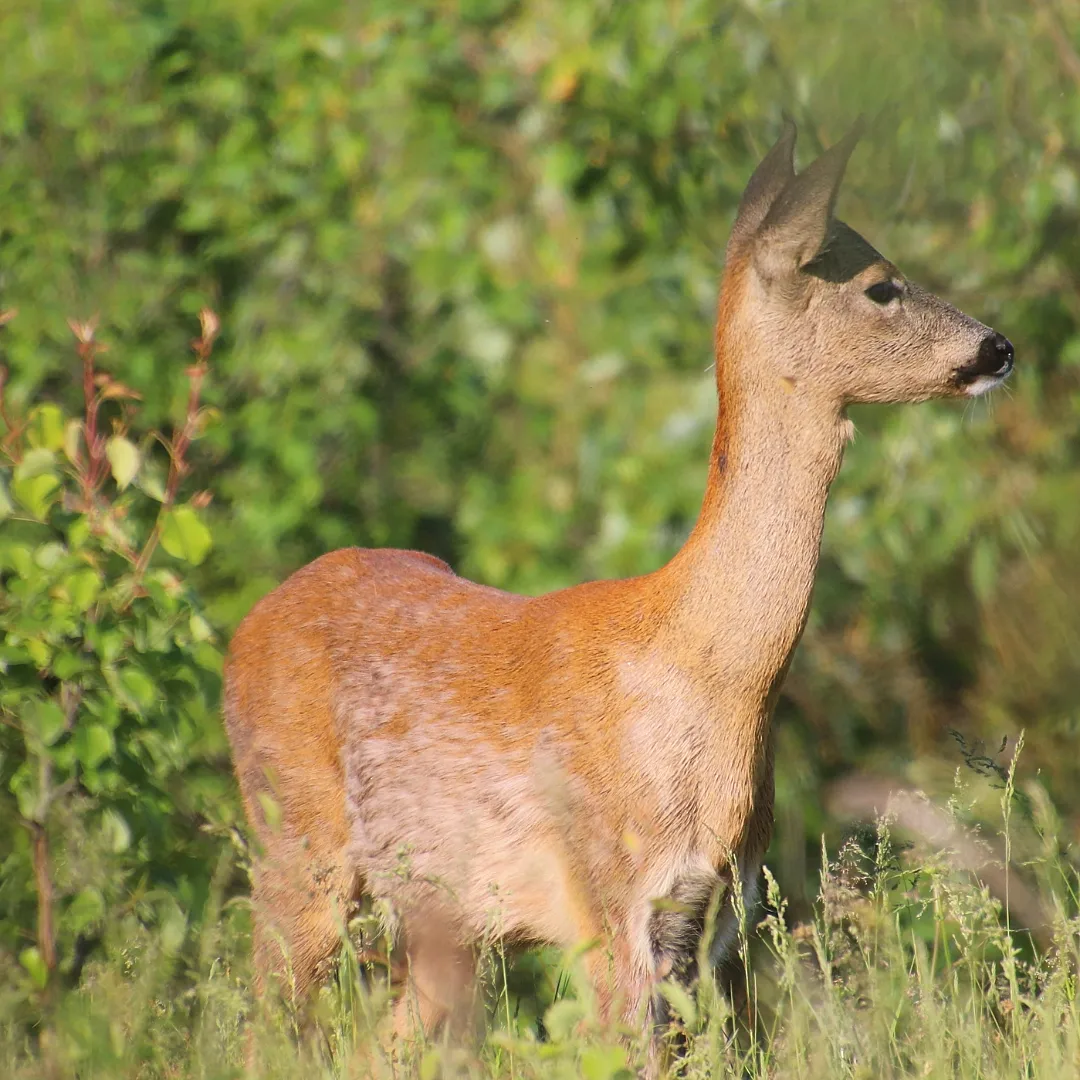
The Desna-Stara Huta National Park has existed for 25 years and has shown its effectiveness. Many wild animals live in the forests and floodplains, indicating safety and the successful work of the park guard against poachers. The photo shows a European roe deer in the Desna floodplain. Author: Serhii Halushchenko
In 2023, the park's rangers won the IUCN WCPA International Ranger Award, the most prestigious international award in this sphere.

Waders like to settle in swamps and floodplains while stopping at the Desna-Stara Huta National Nature Park during migration. Photo: Serhii Halushchenko
The prize in the competition has been spent on renewing the material and technical base of the park — modern boats, walkie-talkies, batteries, and equipment for three all-terrain vehicles were bought, which were donated by the Estonians and Lithuanians.
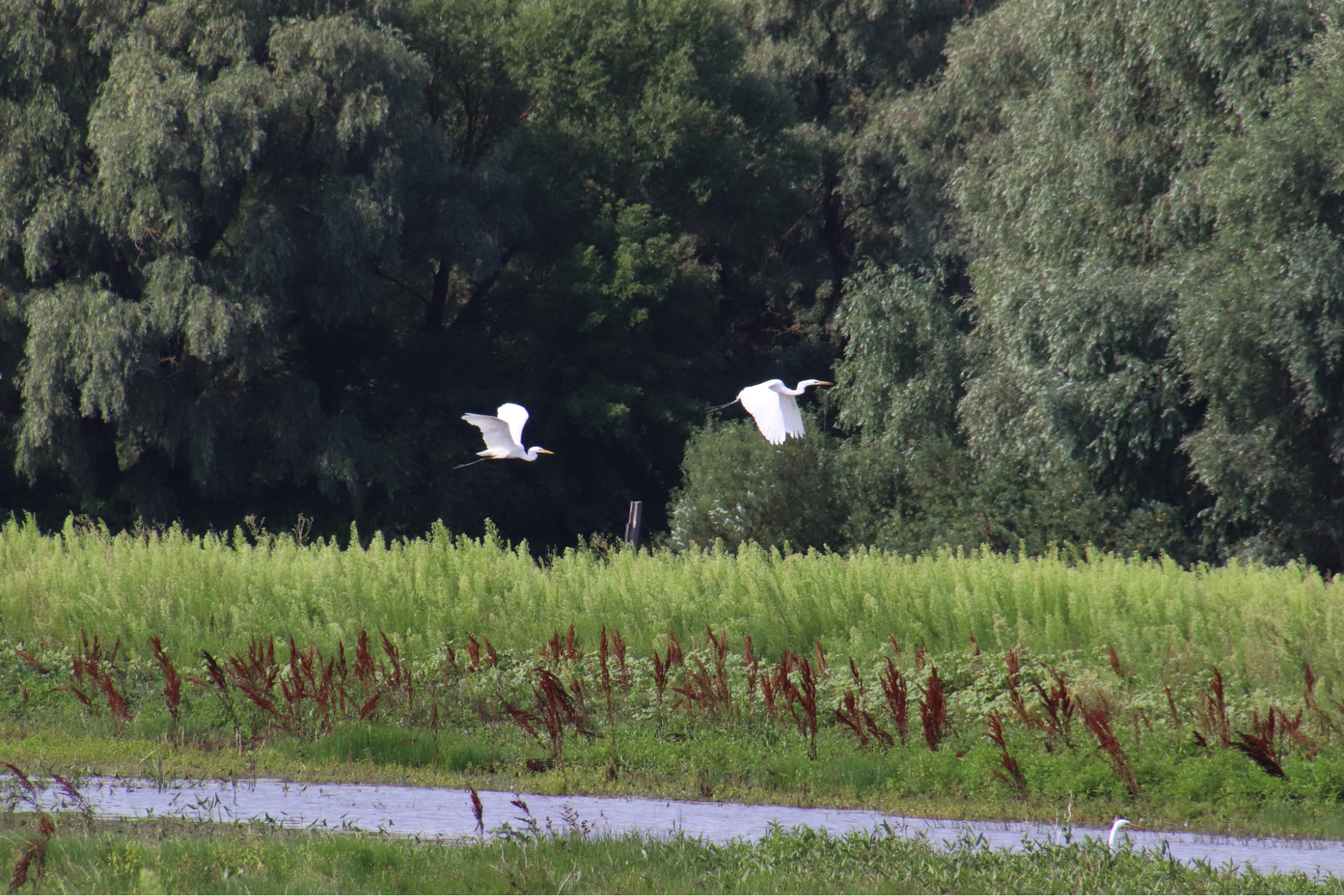
The territories of the Desna-Stara Huta National Nature Park are under the protection of the Ramsar Convention. Ramsar sites are particularly valuable wetlands that are home to many rare birds. Photo: Serhii Halushchenko
However, Kubrakov believes the main reward is not money but the very fact of recognition: "Employees understand that their work in these difficult times is not in vain. The victory gave us an incentive for further achievements."
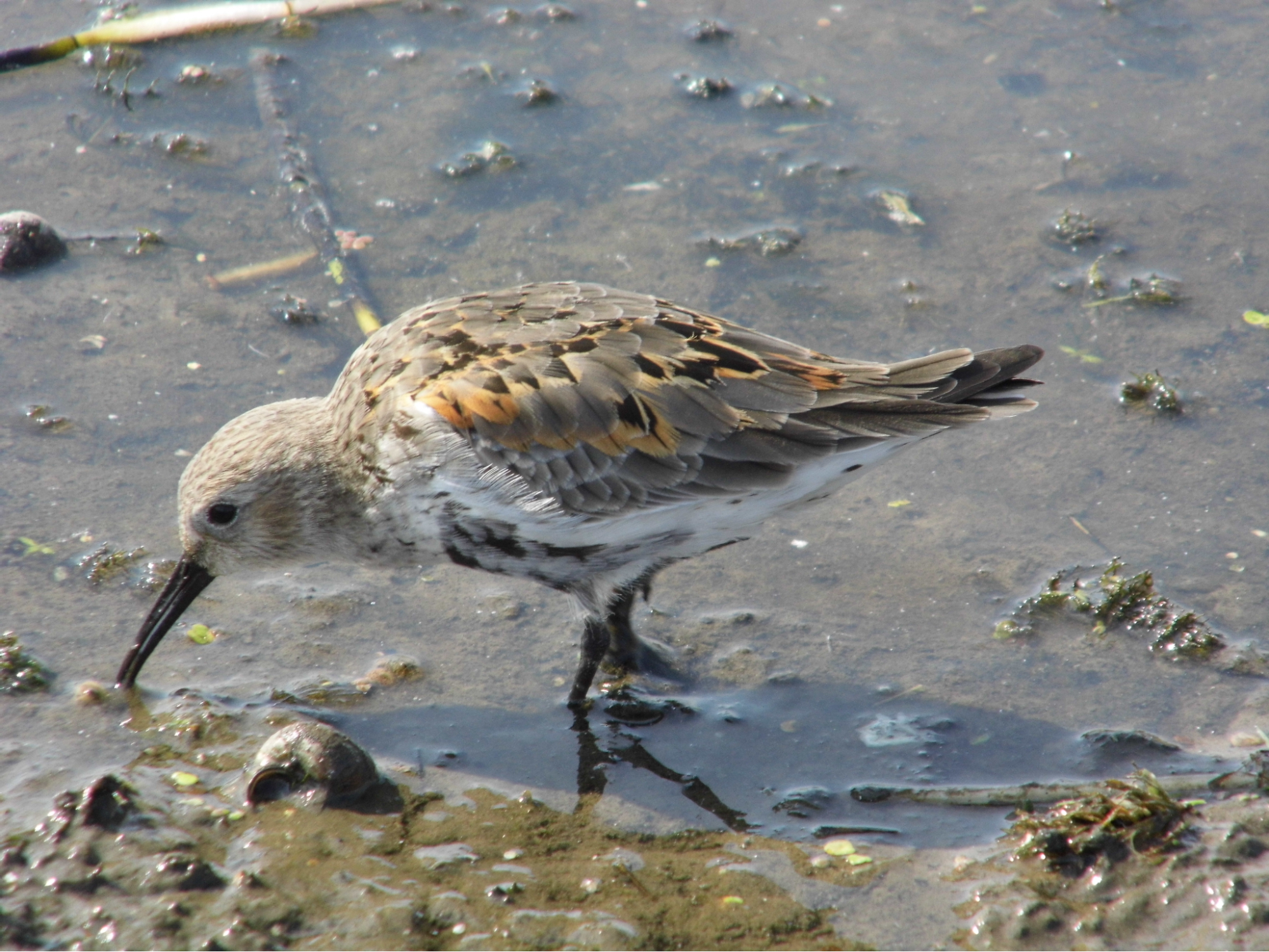
The black-breasted sandpiper feeding in the floodplain. Photo: Serhii Halushchenko
What's next?
Assess the impact of the war and rebuild
It is necessary to further research the territories to understand the full impact of war. Unfortunately, it is impossible to do that now.
Kubrakov explains that the constant shelling and mining of the territory primarily affects the population of rare animals and birds — elk, lynx, and capercaillie, and their number is also affected by fires.
Over 1,000 hectares of forest burned in Ukraine in the spring during the nesting season. According to the director of the national park, most of the fires are caused by arson on the part of Russia. These are deliberate arsons to improve visibility in the territory, force the Ukrainian military to move away from the border, and drive away the equipment.
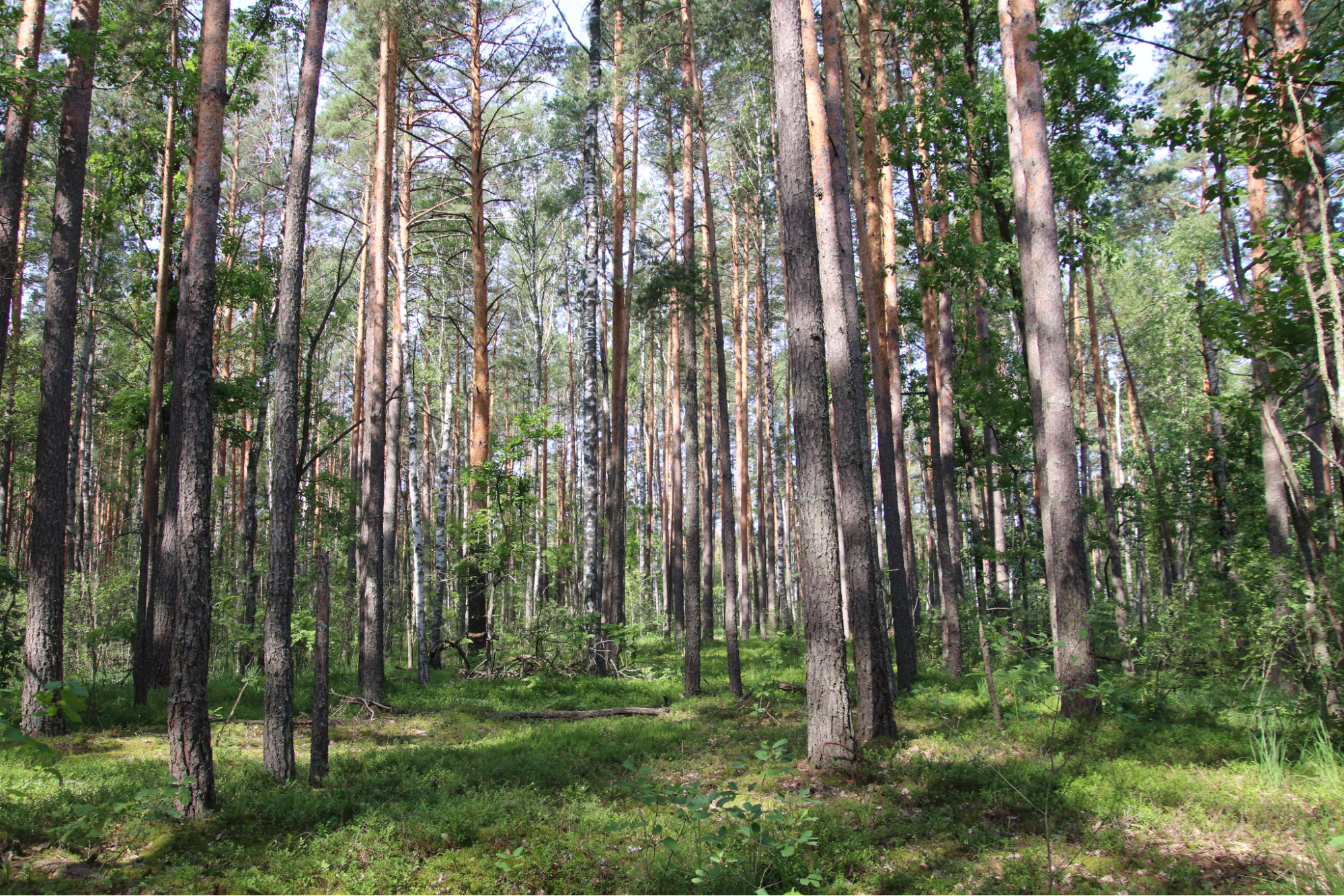
This is what the Desna-Stara Huta National Nature Park forests mostly looked like before the fires and shelling — mostly pines, but also areas with exclusively birches. Photo: Serhii Halushchenko
Kubrakov hopes that after the victory, the aggressor will make up for everything through reparations.
War routes
This war is not the first for the park's territory. Once upon a time, tourists were shown trenches in the forest where locals hid from invaders during World War II, and they never thought more military locations would ever appear.
Now, there are no tourists in the territory because it is not only dangerous but also strictly prohibited by local authorities. However, the national park director already thinks that War Routes will be developed here in the future.
"The horror that the war brought to our territory should be shown to visitors, including foreigners, who were numerous before the war," Kubrakov explains.
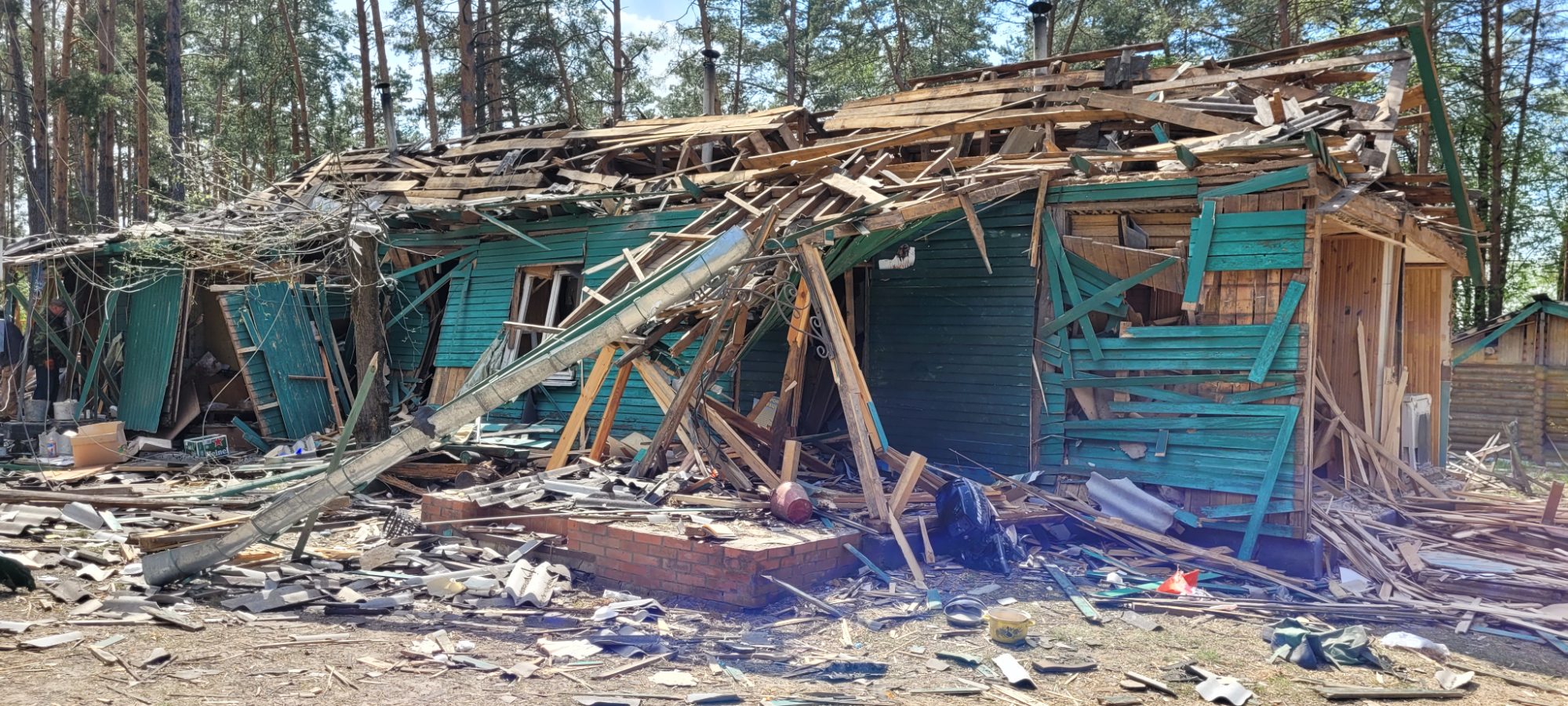
The ruins of the Desnyanka tourist base, which hosted not only tourists but was also home to a huge number of bats. Photo: Serhii Kubrakov
The War Routes may include such objects as a destroyed children's camp or landscapes mutilated by shelling: "It is necessary to leave the ruins untouched as a confirmation of these crimes that were committed on our territory, to make them demonstration sites," Kubrakov believes. He is convinced that people need to be shown all this to understand what war is and what it has done to Ukraine's land, natural complexes, and people.

The Great Egret in the Desna-Stara Huta National Nature Park. Photo: Serhii Galushchenko
With the war's end, locals will return to their homes. Tourists will also come here. Those places where shells burst, birds died from heart attacks, or animals were burned will gradually be overgrown with grass and, later, with trees, which will hide the bitter consequences of war.
However, the memory of those who preserved what remained, protected, and engraved it in monuments will stay.






